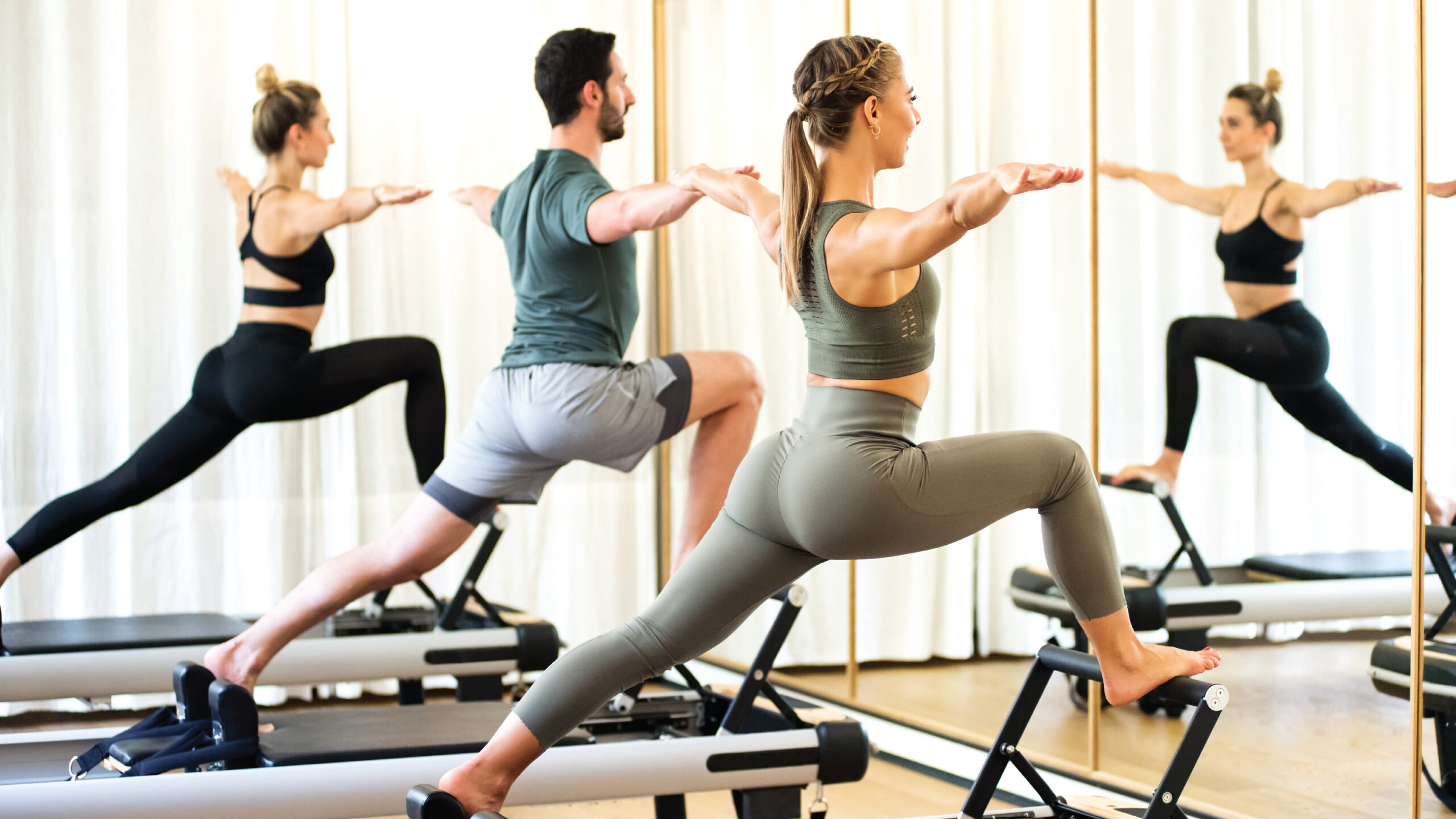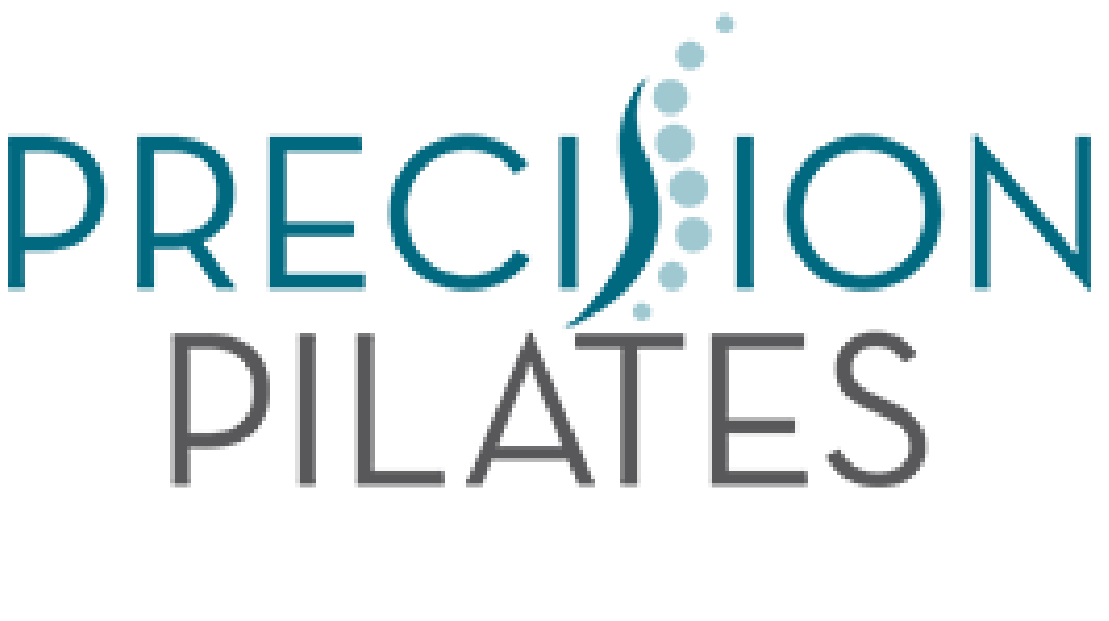Yoga vs Pilates: Why Pilates Offers More Benefits for Your Body and Mind
Yoga vs Pilates: Why Pilates Offers More Benefits for Your Body and Mind

When it comes to improving your physical fitness and mental well-being, two popular practices come to mind: Yoga and Pilates. Both are widely known for their mind-body connection, flexibility, and stress-relieving properties. However, if you’re looking for a more comprehensive approach that targets a wider range of fitness goals, Pilates stands out as the superior choice. Let's dive deeper into the differences between Yoga and Pilates and explore why Pilates offers more benefits overall.
What is Yoga?
Yoga is an ancient practice rooted in Indian philosophy that combines physical postures, breathing exercises, and meditation to enhance flexibility, strength, and mental clarity. It focuses on achieving balance between mind and body, promoting relaxation and a sense of inner peace.
The Benefits of Yoga
- Improved Flexibility: Yoga is well-known for its ability to increase flexibility through a series of gentle stretching exercises.
- Mental Well-Being: With meditation and mindful breathing techniques, Yoga helps reduce stress, anxiety, and depression.
- Enhanced Balance: Many Yoga poses involve holding positions that improve balance and stability over time.
What is Pilates?
Pilates, developed by Joseph Pilates in the early 20th century, is a modern exercise method that focuses on strengthening the core, improving posture, and enhancing overall muscle tone and flexibility. While it shares some principles with Yoga, such as controlled movements and breathing, Pilates is designed to build strength, stability, and flexibility with a focus on functional fitness.
The Benefits of Pilates
- Core Strength: Pilates is particularly effective at targeting and strengthening the core muscles, which helps improve posture and balance in everyday activities.
- Full-Body Conditioning: Pilates works on all muscle groups, ensuring a balanced and well-toned physique. It includes resistance training, which is essential for building muscle mass and improving strength.
- Posture Correction: By strengthening the core and stabilizing the spine, Pilates helps alleviate poor posture and correct imbalances caused by sedentary lifestyles.
- Injury Prevention: Pilates strengthens muscles in key areas like the lower back and hips, reducing the risk of injury. It also aids in rehabilitation by improving flexibility and mobility.
- Improved Athletic Performance: Pilates enhances coordination, balance, and strength, which is beneficial for athletes in any sport.
Key Differences Between Yoga and Pilates
1. Focus on Strength vs. Flexibility
While Yoga emphasizes flexibility and stretching, Pilates goes beyond that by focusing on strengthening the body, particularly the core. Pilates incorporates exercises that target multiple muscle groups, providing a full-body workout that increases strength, stability, and coordination. Unlike Yoga, Pilates includes resistance training using equipment like reformers and resistance bands to intensify workouts and build muscle tone.
2. Movement Flow vs. Controlled Precision
Yoga movements are often fluid and designed to help release tension, with a heavy emphasis on breathwork and mindfulness. Pilates, on the other hand, focuses on precise, controlled movements that target specific muscle groups. The exercises in Pilates are designed to challenge your body in a way that increases muscle endurance, strength, and flexibility at the same time.
3. Mental Focus and Relaxation
Yoga often incorporates meditation and mindfulness techniques that help practitioners relax and release mental stress. While Pilates does involve focused breathing, its main goal is to strengthen the body through controlled movements and physical precision, making it more intense in terms of physical exertion.
Why Pilates Offers More Benefits
While both Yoga and Pilates have their own unique benefits, Pilates provides a more comprehensive and versatile approach to fitness. Pilates focuses on strengthening the entire body, improving posture, preventing injuries, and enhancing athletic performance, which are all essential components of overall health. Additionally, the controlled, precise movements of Pilates ensure that each exercise is targeting specific muscles, offering more personalized and effective results for your body.
Whether you're looking to improve strength, flexibility, posture, or mental clarity, Pilates provides a more balanced and dynamic approach to achieving your fitness goals. It’s a total-body workout that not only tones your muscles but also helps you build long-lasting functional strength.
